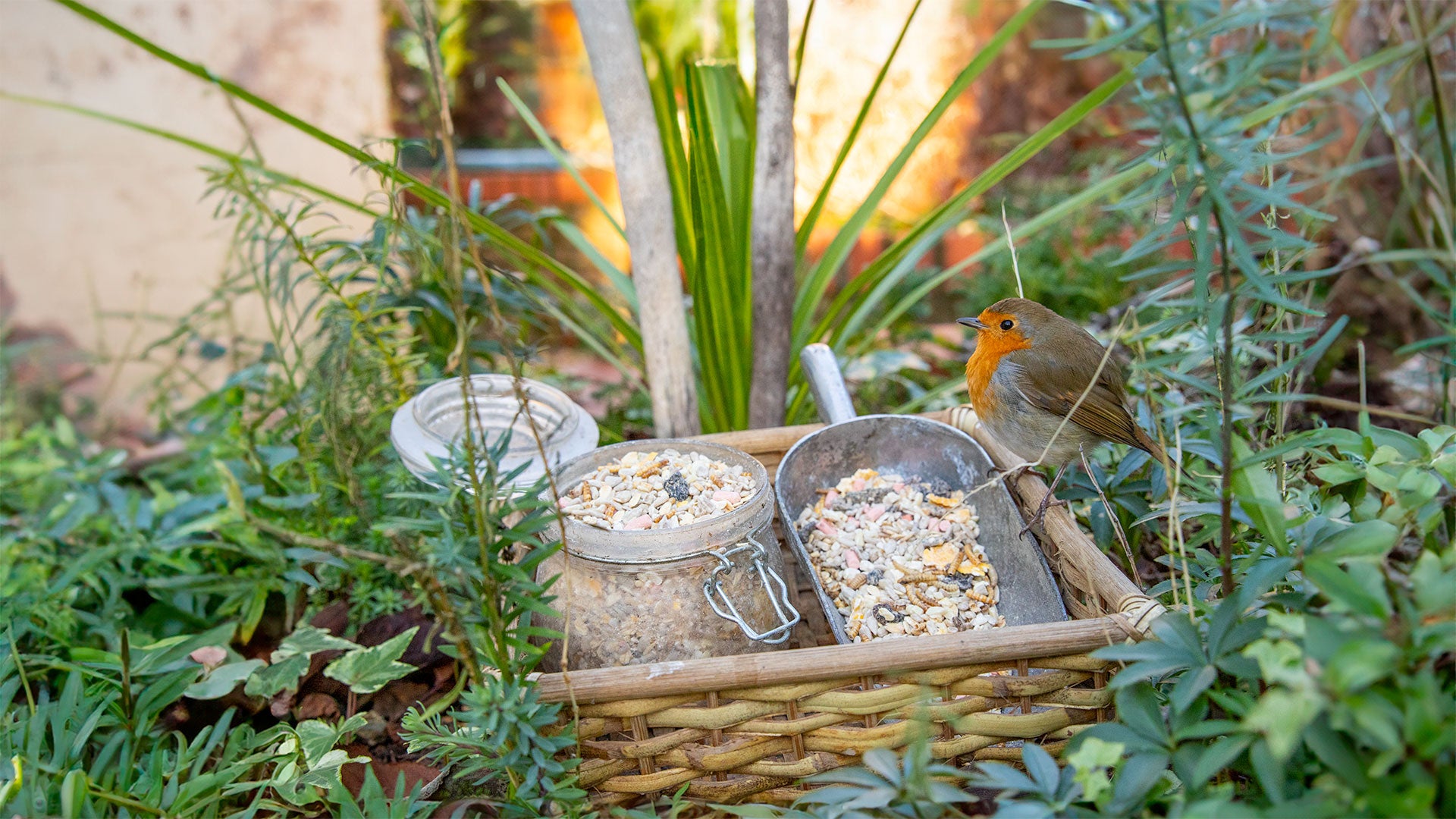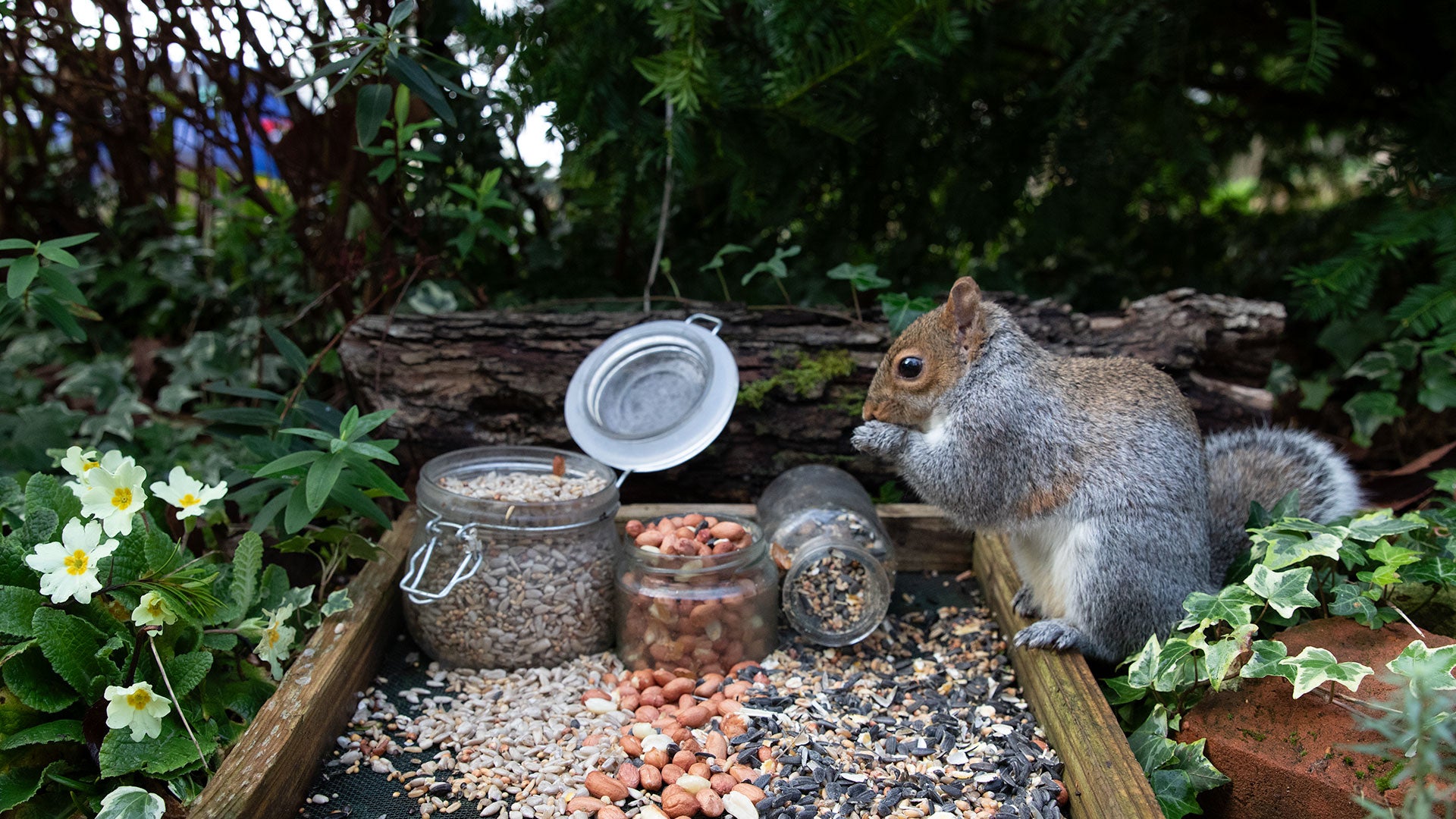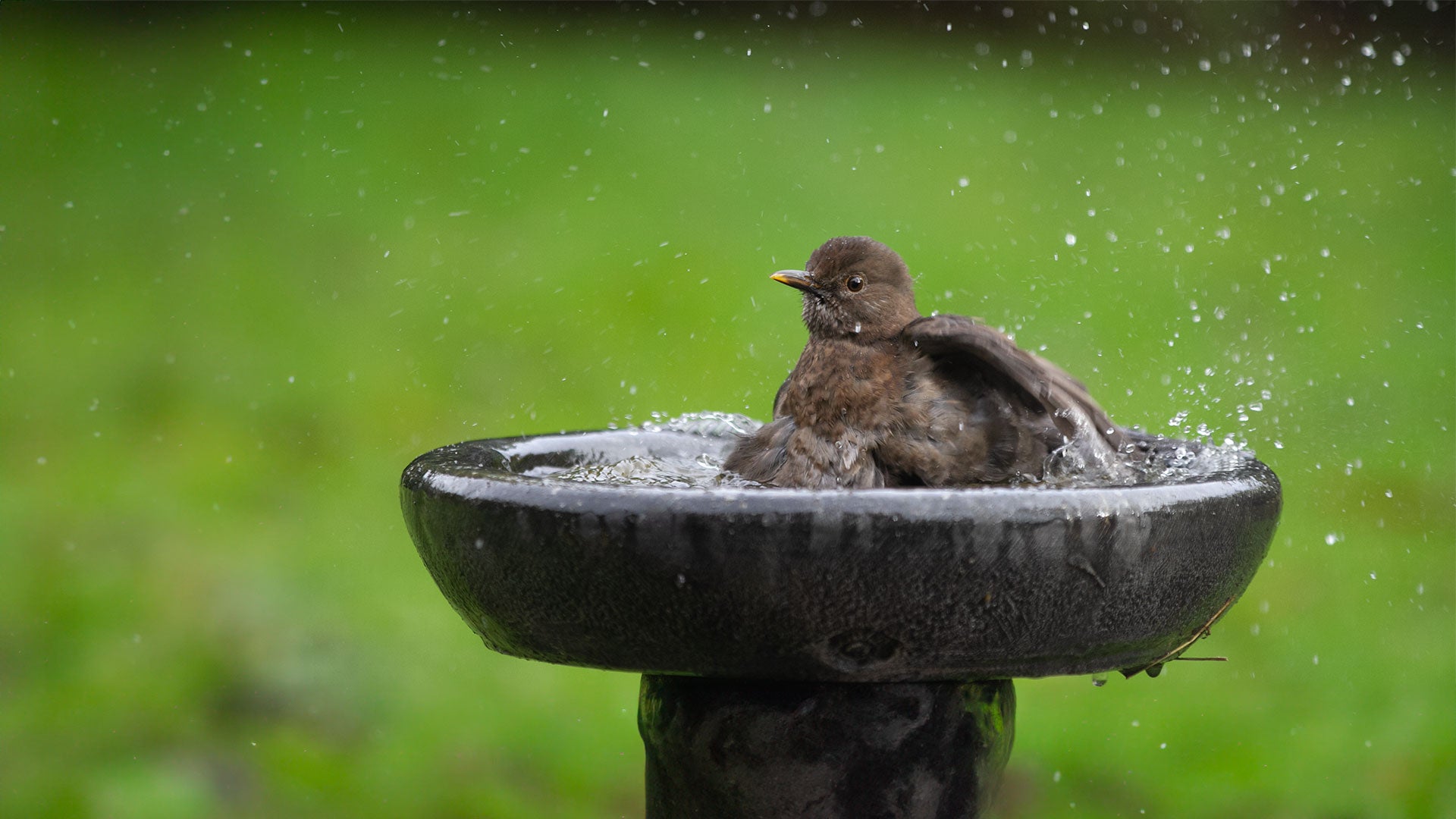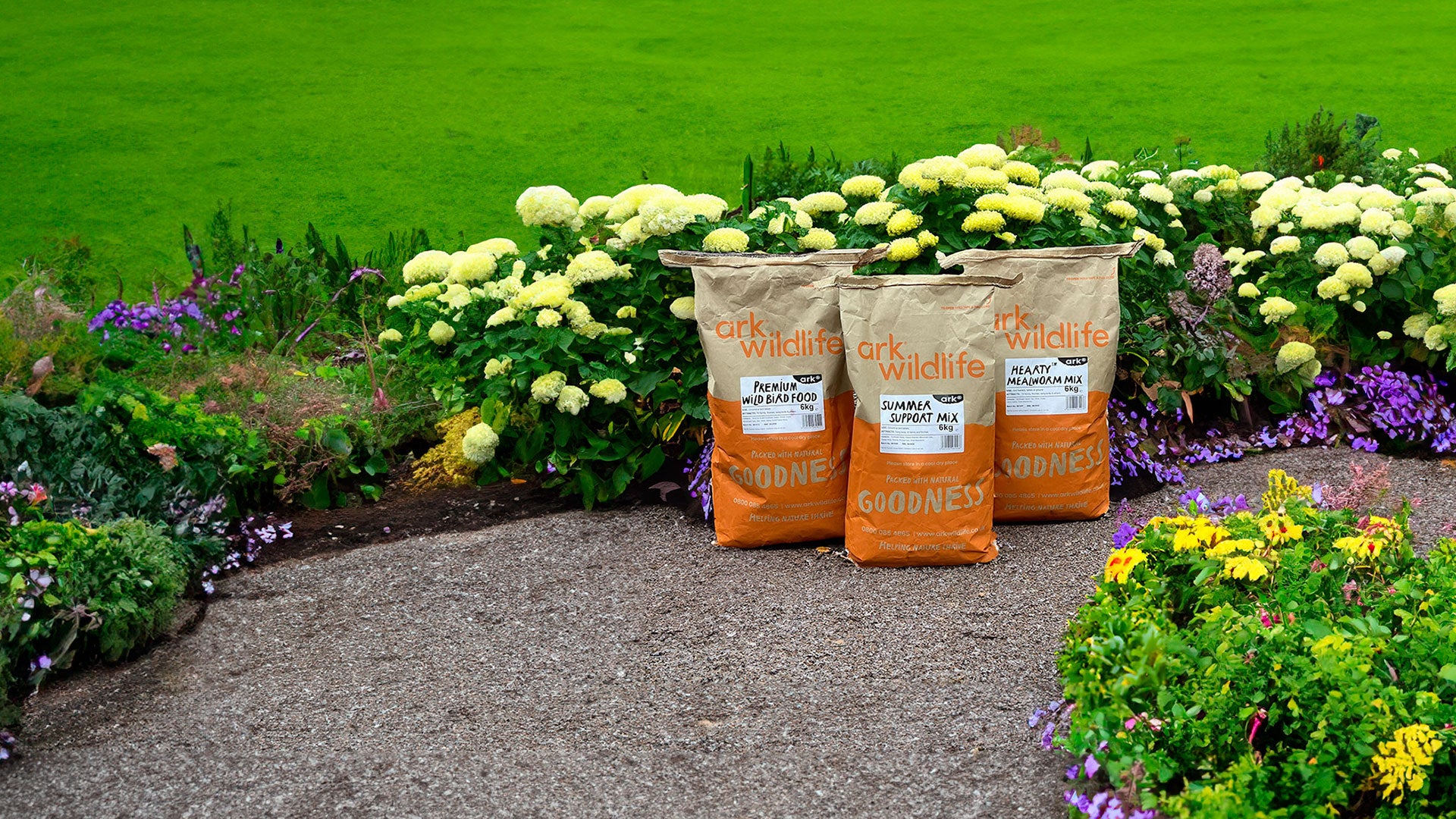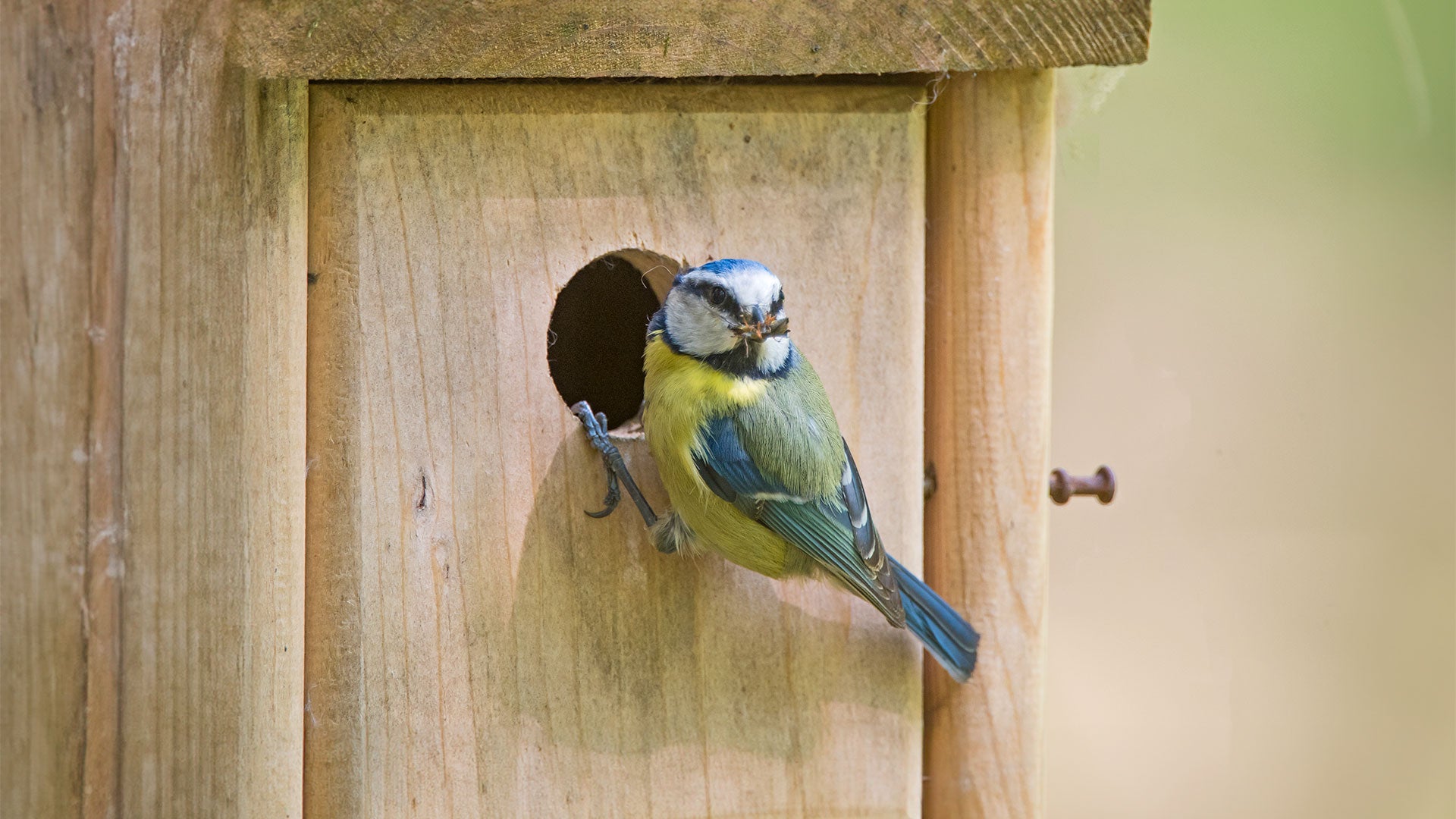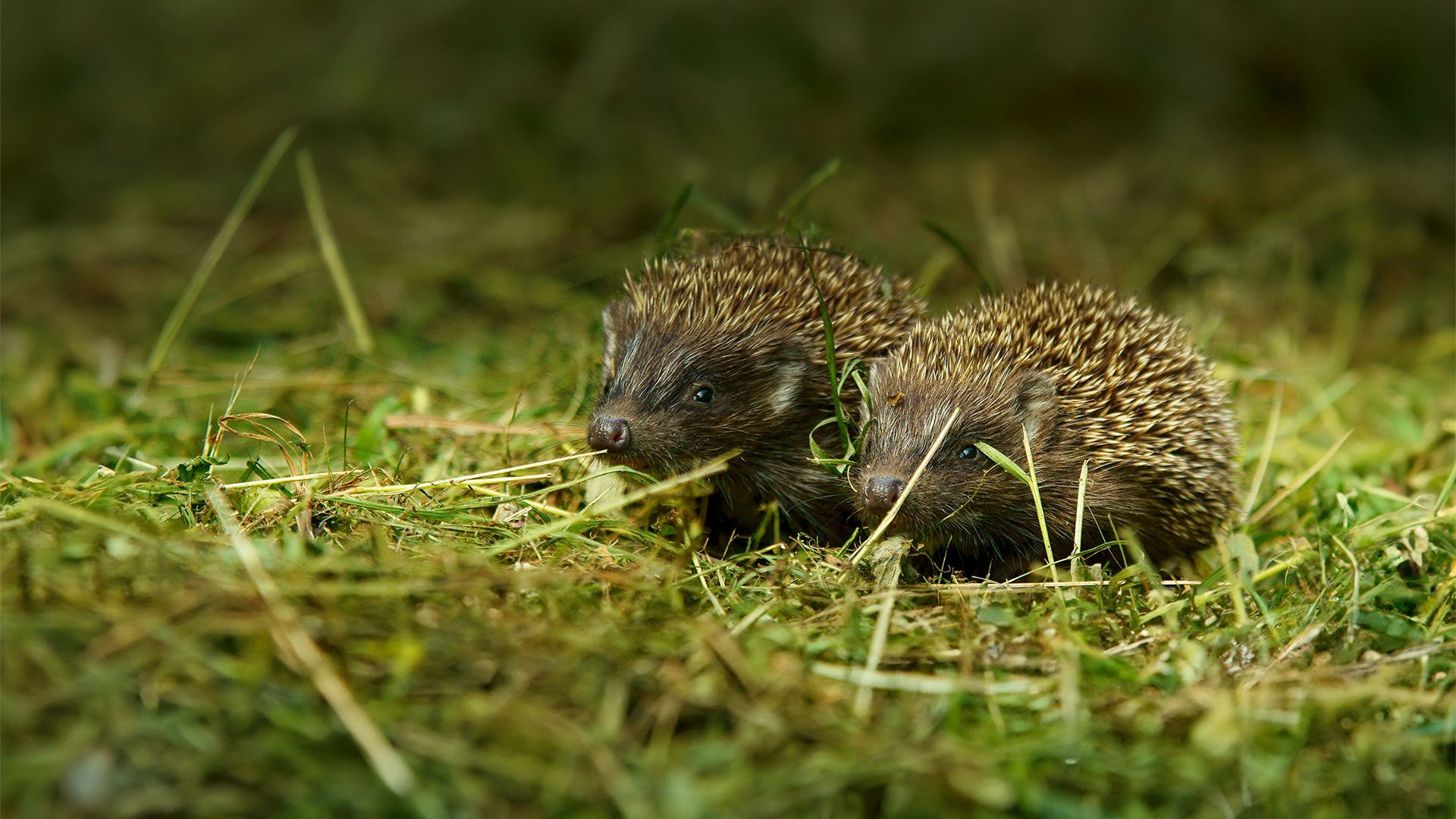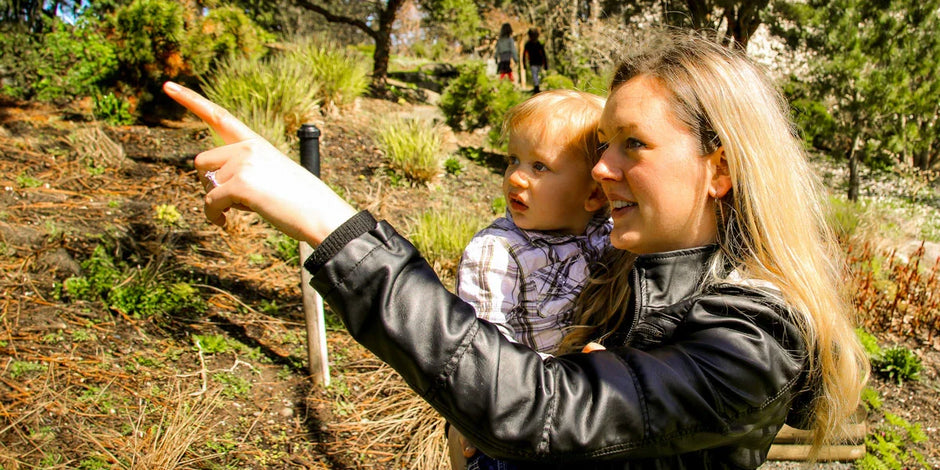Guest Blog - Author Bio
Ella Hendrix is a versatile freelance writer, currently covering articles on animal welfare, sustainable living and climate change. Away from her writing, you’ll find her hiking with her golden retriever or volunteering at her local community centre.
Unfortunately, UK’s natural wildlife is under threat due to habitat loss and pollution. The good news is, you can support your local wildlife by creating a wildlife-friendly garden, providing a safe environment for species that are declining in the wild. Here are some top tips for encouraging local wildlife.Add a pond or water feature
A pond or water feature is one of the most effective ways to boost wildlife in your garden. Water sources can become a habitat for a huge variety of animal life including frogs, newts, dragonflies, and bathing garden birds. You can easily create a small low-maintenance pond using a buried bucket or trough. It is best to place your pond or water feature in a warm area with plenty of natural sunlight. You can create habitats for visiting wildlife by adding plants, flowers, stones, and logs around the edges of your pond. Consider adding a plank of wood to help any wildlife that might fall in.
Birdbaths can also benefit wildlife, whether at ground level for different creatures to enjoy or slightly raise the bowl to give birds extra security.

Let your grass grow
Obviously you don’t want your garden to become overgrown or untidy, but long grass creates the ideal habitat for wildlife. Letting your grass grow in certain areas will encourage many plant and insect species into your garden. There are a few key ways to help your grass grow. Mowers Online provide the following advice – “Don’t start walking on or mowing the lawn if the ground in wet and soggy, this will damage the grass blades and roots. Aerating the lawn allows nutrients and soil organisms to reach the grass roots, this helps improve the quality of your soil and grass.”Wait until late winter or early spring to cut back overgrown areas as this will give a home for insects sheltering from the cold.

Install a bird nest box
Birds are an important part of all garden ecosystems. By feeding birds in your garden, you can make sure that local bird species continue to thrive. Multi stages feeding (ground, table and feeder) with quality bird food will attract the largest choice of garden birds.
Make sure that you install your bird box in a high, sheltered location. No garden is too small for a nest box, and in the case of the House Sparrow and the Starling all you need is a little space high up on the wall of the house. If you have the space you can pop up a number of boxes in your garden. Both bird nest box and feeders are easily available to buy.
Create your own compost
Creating your own compost is a fantastic way to make your garden more wildlife-friendly. Recycling your food waste will also reduce your carbon footprint, by minimising the amount of household waste that ends up in landfills. What’s more, compost can also be used as an effective soil additive and natural plant fertiliser. The best part is, it’s super easy to make your own compost. Simply purchase a compost bin, store it somewhere level where worms can get to it, and make sure you put the right things in it. Good things to compost include vegetable peelings, fruit waste, teabags, and grass cuttings. You can also include things such as cardboard egg boxes, crushed eggshells, paper, and fallen leaves.
Plant some flowers
Flowers, especially native wildflowers, are a great way to add some vibrance and colour to your outdoor space, and improve the visual appeal of your garden. They can also create habitats for wildlife and provide a great food source for many insects, including bees, butterflies, and other pollinators. Just about every flower with nectar can be a great way to attract these insects into your garden. Try to choose different plants and flowers that provide pollen and nectar for as long as possible during the year.

Provide wildlife shelters
Providing wildlife shelters and creating secure places for nesting, are great ways to encourage more wildlife to visit your garden. Here are some simple ways to create wildlife shelters:
- Leave rotting logs in a corner of your garden to provide a habit for wildlife and insects.
- Leave overgrown areas to provide sheltered spaces for wildlife to rest and hibernate
- Plant trees and bushes in your garden to provide habitats and shelter for visiting animals
- Drill holes into logs or trees to provide a safe place for insects to escape from predators and nest.
Avoid using pesticides
Pesticides can have a harmful effect on wildlife. You should therefore avoid using them as much as possible, only using them as a last resort. If you do need to use them, then follow the instructions carefully and always dispose of these chemicals responsibly. Making sure that harsh products like pesticides, never get into a pond or other water source as they can cause serious pollution and harm to water life.
As you can see, there are a number of simple changes that can support your local wildlife.

